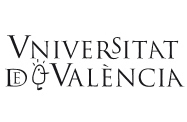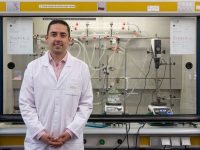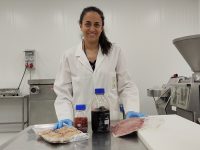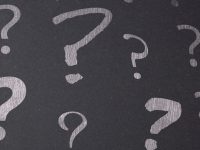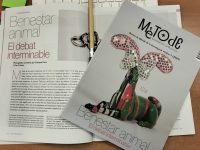
 Lucía Sapiña Lucía Sapiña |
||
|
Laia Torres, editor of the magazine Investigación y ciencia, told us about science communication in her publication. Investigación y ciencia is the Spanish edition of renowned Scientific American, and since 2009, part of the Nature editorial group. «Accuracy and clarity are the keys to this magazine ’s success», the editor claims. Laia Torres shows us the peculiarities of Investigación y ciencia, one of the benchmark magazines in high science communication. One of the problems journalists face is how to address science information in order to make it appealing and educational. What are the keys to draw the attention of the reader, in your opinion? What do you think are the main differences between the fields of science and journalism? Are they irreconcilable? Which one of these would you prefer for your science communication magazine: a journalist with a notion of science or a scientist with knowledge about journalism? Social networks and the information age modified communication reality. How did new technologies change your magazine? Do you think written press has a future in your field? Investigación y ciencia is the Spanish edition of Scientific American. What does it mean in regard to the American edition? Eva Maria Javier. Journalism Student at the University of Valencia. |
«In Investigación y ciencia we have the advantage that our audience is already interested in science»
«When you need to explain things in detail and depth, it is easier, from our experience, to do it when the editor possesses more scientific knowledge»
|
|
